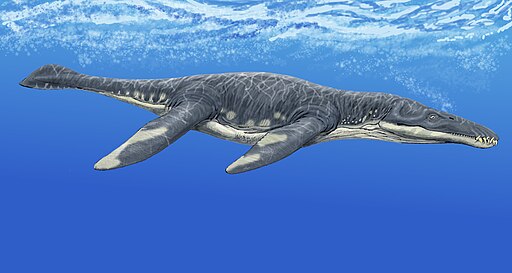The Mighty Marine Reptile
Liopleurodon was a powerful marine reptile that lived during the Middle to Late Jurassic period, around 160 to 155 million years ago.

| Meaning | Smooth-sided teeth [Lio-pleur-odon] |
| Pronunciation | LYE-oh-PLUR-oh-don |
| When: | Middle to Late Jurassic (about 166–155 million years ago) |
| Where: | Europe (France, United Kingdom, Germany) |
| What: | Pliosaur (marine reptile) |
| Weight: | Estimated around 25–35 metric tons |
| Length: | Approximately 10 meters (33 feet) |
| Diet: | Carnivorous (ate fish and other marine reptiles) |
| Discovered: | First described by Henri-Émile Sauvage in 1873 |
This massive predator belonged to the pliosaur family, a group of short-necked plesiosaurs known for their large heads and strong jaws.
Liopleurodon could reach lengths of up to 6.4 meters (21 feet), though some estimates suggest it might have grown even larger.
With its formidable size and razor-sharp teeth, Liopleurodon was a top predator in its marine environment.
It likely hunted a variety of prey, including fish, squid, and other marine reptiles.
Liopleurodon’s powerful limbs, which evolved into flippers, allowed it to swim swiftly and with great agility through the ancient seas of what is now Europe.
The discovery of Liopleurodon fossils has fascinated scientists and the public alike, offering a glimpse into the lives of the largest marine predators of the Jurassic seas.
